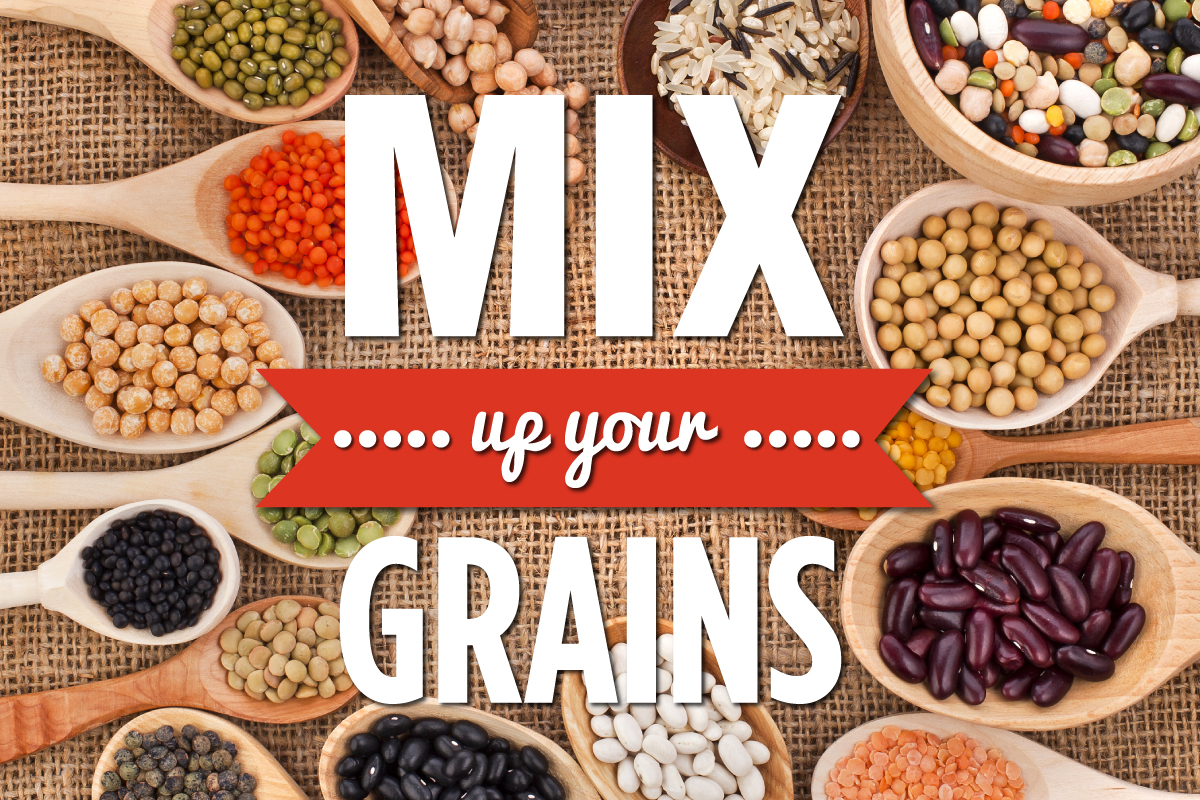
According to studies done in the US, the benefits of including whole grains in your diet means a reduced risk of diabetes and heart disease.
But should we be eating more than one type of whole grain? And how much should we be eating on a daily basis?
Mix up your grains
The experts say to get the most benefit from whole grains you need to be eating three servings a day of a variety of whole grains, but that even eating just one serving a day can significantly reduce the risk of serious diseases. Check out the following stats that are attributed to eating whole grains, it’ll make you want to ditch the refined white bread!
Other health benefits of whole grains include:
- Better weight management
- Healthy blood pressure levels
- Less chance of asthma
- Healthy arteries
- Better teeth and gums
It’s probably good to mention here that switching to whole grains doesn’t mean you’ll be instantly healthier or live longer. You can’t, for example, consistently eat burgers, not exercise and then eat a few servings of whole grains and expect them to work wonders. In the studies, the candidates who were healthiest not only consumed high amounts of whole grains, they also exercised regularly, didn’t smoke, weren’t heavy drinkers and generally had good diets.
Go For Whole Grains
If you want to include more whole grains in your diet but don’t know where to start it can help to know exactly what the term means when you’re reading labels. Basically ‘whole grain’ means ‘unrefined grain’ one that hasn’t had the husk and wheat germ removed by milling. Whole grains can come in the form of single foods such as brown rice and whole grain pasta, or are added to other products such as whole wheat bread or crackers.
Some examples of whole grains include:
- Barley
- Brown rice
- Buckwheat
- Bulgur (cracked wheat)
- Millet
- Quinoa
- Oatmeal
- Wild rice
Refined grains such as white flour, white rice, white bread, crackers, desserts, pastries, and many cereals lack the nutritional value of whole grains. Whole grains are good sources of bran fibre that keep you fuller for longer and contain nutrients such as selenium, potassium and magnesium.
You can find whole grain bread, rice, cereal, flour and pasta at most supermarkets these days. Just be certain that what you’re buying is whole grain, rather than just being brown because of added food colouring. Check the ingredients list if you’re unsure, whole grains should appear amongst the first few items listed. Also, choose whole grain products that contain at least three grams of dietary fibre.
Tips to help you add more whole grains to your daily diet:
 Start the day with a whole grain cereal, whole wheat toast or whole grain bagel.
Start the day with a whole grain cereal, whole wheat toast or whole grain bagel.- Use whole grain breads and rolls for lunch, alternatively use whole wheat tortillas to make wraps.
- Swap out white rice at dinner time for brown rice, wild rice or quinoa.
- Add barley, bulgur and brown rice to soups, casseroles, stews and salads.
- For muffins, cakes and slices, use whole wheat flour instead of white flour.
- Use rolled oats or crushed whole wheat bran cereal to replace white bread crumbs.




